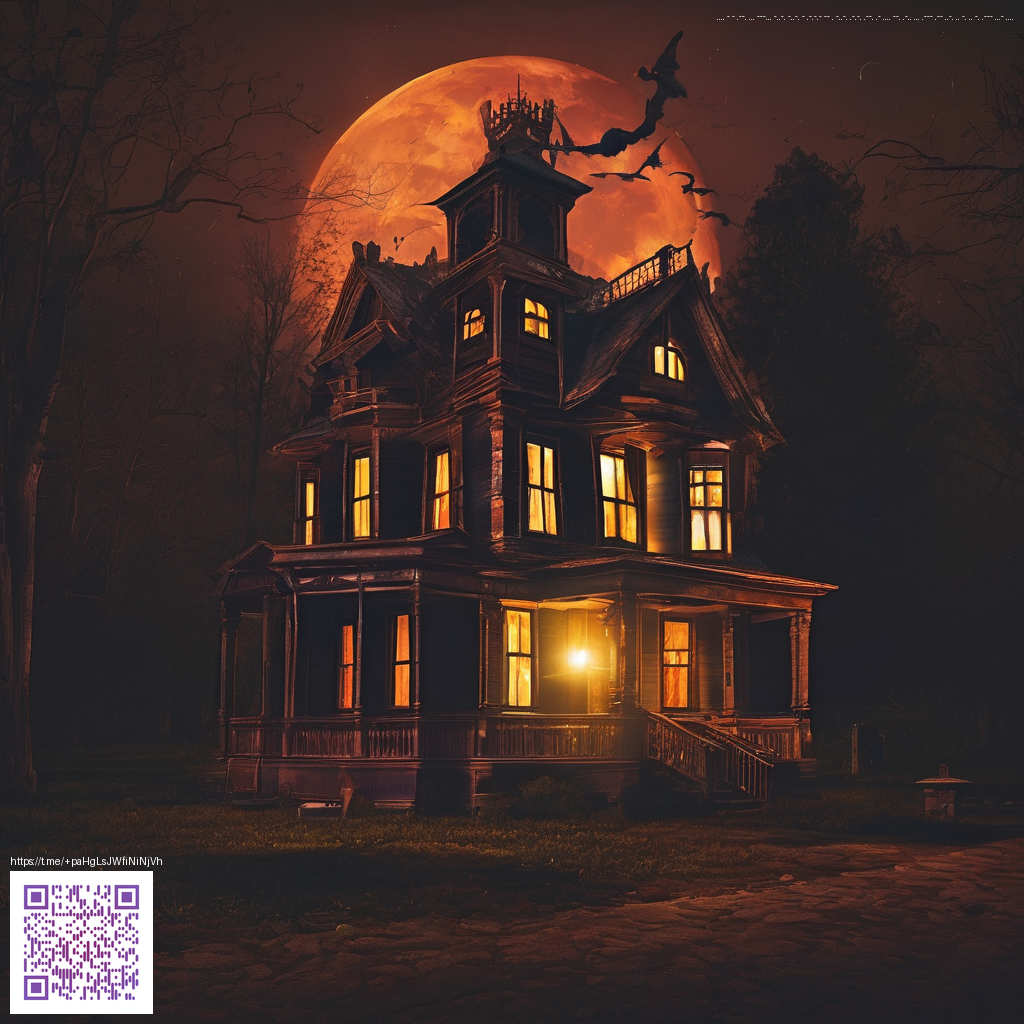
Craft Vintage Aesthetic: Overlays for Photographers
Overlays are a fast and creative way to add character to digital photography. A vintage‑style overlay can echo film grain, sun‑bleached colors, and age‑worn textures without requiring an elaborate shoot. In practice, overlays sit on top of your base image and transform the mood with subtle light leaks, scratches, and tonal shifts. Whether you’re documenting street scenes or portraits, a well‑chosen overlay unifies your color palette and adds narrative weight.
For photographers who frequently switch environments, overlays become a portable editing kit. You can prep a set of textures during a quiet afternoon and apply them later to keep your workflow efficient. If you’re curious about practical pairing, you might explore gear that keeps your workflow protected on the go, like this Rugged Phone Case – Impact Resistant TPU/PC (iPhone & Samsung) from the Digital Vault shop — a handy companion when you’re editing on a borrowed hotspot or in a windy location. Rugged Phone Case – Impact Resistant TPU/PC.
“The best overlays are the ones that boost emotion without shouting. Subtlety is your best ally when telling a story through a frame.”
What makes a great vintage overlay
- Authentic grain with controlled intensity to match your subject.
- Soft vignette to guide the eye toward the focal point.
- Natural light leaks and color shifts that feel intentional rather than gimmicky.
- Dust, scratches, and paper textures that suit the era you’re channeling.
When you’re ready to apply textures, start with a neutral baseline. Shoot under consistent lighting, then blend your overlay using a Multiply or Soft Light mode in your favorite editor. If you bring the overlay into your workflow early, you’ll spot which textures complement the scene without overpowering the subject.
Creating your own overlays: a practical workflow
- Collect high-quality textures from scans or stock packs, prioritizing subtlety over loud effects.
- Organize textures by mood (warm, cool, dusty, sunlit) to speed up your edits.
- Apply the overlay on a new layer, set to Overlay or Soft Light, then adjust opacity in small increments.
- Mask selectively so textures appear where they read best—edges, corners, and soft backgrounds.
- Export at the right size and color profile to preserve tone across devices.
To illustrate how such concepts translate to real-world practice, this guide also references a practical landing page with examples and textures you can experiment with: this landing page.
For on-location shoots, consider adding light‑weight accessories that help you scout textures on the go. A compact kit keeps you nimble when you want to capture a quick series of frames and apply overlays during post. The goal is to create a cohesive look across a project, not to produce a single standout frame that overshadows your subject.
Practical tips for travel and collaboration
- Test overlays with different subjects; people respond differently to grain and color shifts.
- Share a preset or PSD/brush pack with collaborators to maintain a consistent aesthetic.
- Keep a short edit note for each overlay so you can reproduce the mood later.
As you experiment, remember that overlays are about storytelling. They provide texture, mood, and a sense of era without dictating the composition. If you’re curious about gear that travels well with your editing workflow, check the rugged case on the product page above for on‑the‑go protection and reliability.